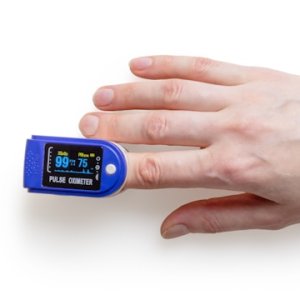Tech Investment Bring Superior Long-Term Savings

STORY INLINE POST
Q: Smith & Nephew’s 2018 results show the company performed better in emerging markets than in other more established regions. Where does Mexico fit in?
A: Mature markets like Europe and the US are growing at a 2-3 percent rate annually, in comparison to emerging markets with rates of 15 percent. Approximately 17 percent of Smith & Nephew’s global revenue comes from developing markets.
The main driver behind this growth is the size of the population in these regions, coupled with the low penetration of medical care, which makes new medicines more attractive than in more mature markets. Compared to other Latin American countries, Mexico still has one of the lowest rates in terms of health coverage and penetration of medical devices. In comparison, Colombia has universal healthcare and 98 percent of its population has access to medical devices.
Q: What opportunities and obstacles does Smith & Nephew expect from the merger between Seguro Popular and IMSS, in terms of penetration of medical devices?
A: Most opportunities will come from people affiliated with Seguro Popular who will now have increased access to surgeries, treatments and other therapies. The disadvantage is the lack of infrastructure because there are not enough facilities to care for the 50 million people registered with Seguro Popular. This merger will require a huge investment in infrastructure and health expenditure, which could represent over 6 percent of the national GDP.
Q: Smith & Nephew’s 2018 results also state the company wants to “reach the full potential of its portfolio.” What does this mean and how do you plan to reach that goal?
A: Smith & Nephew wants to properly distribute its entire portfolio across the country. However, there are constraints in the Mexican market, such as the low penetration of medical device and a fragmented health system that hinders growth of the medical devices segment due to issues like access.
The company has three core business units: orthopedics, traumatology and wound care. The latter is the unit with the least penetration in the country. Public institutions prioritize price over efficiency, so public hospitals tend to use dressing, alcohol and basic products. Smith & Nephew, on the other hand, manufactures products with greater innovation and technology that in the long run are more efficient for treating wounds. Smith & Nephew wants to increase the use of its products in Mexico so more people can have access to state-of-the-art technology.
Q: What are the reasons behind the low penetration of wound care devices in Mexico?
A: The limited use of advanced medical devices for wound care in public hospitals has made private hospitals and pharmacies the strongest points of sale for these devices. When a patient arrives at a public health institution, normally it lacks advanced dressings and the patient is asked to purchase them at the pharmacy. Only those patients who can afford it have access to wound care technology. The impact becomes more evident when hospitals have nosocomial infections, longer patient hospitalizations and higher medical expenses.
Q: How have Smith & Nephew’s R&D operations improved after centralizing them under a single president of Global R&D?
A: Our goal is to grow efficiency and minimize expenditures. This is also a proactive strategy to bring technology closer to the population in developing markets with a reduced income and high out-of-pocket healthcare expenses. Smith & Nephew wants to become the ideal solution for those midtier segments looking for high-quality products at an affordable price. For example, the company launched a total knee prosthesis called ANTHEM that employs an advanced femoral and tibial anatomic design to promote improved anatomic implants fit for midtier patients in emerging markets and Europe.
























